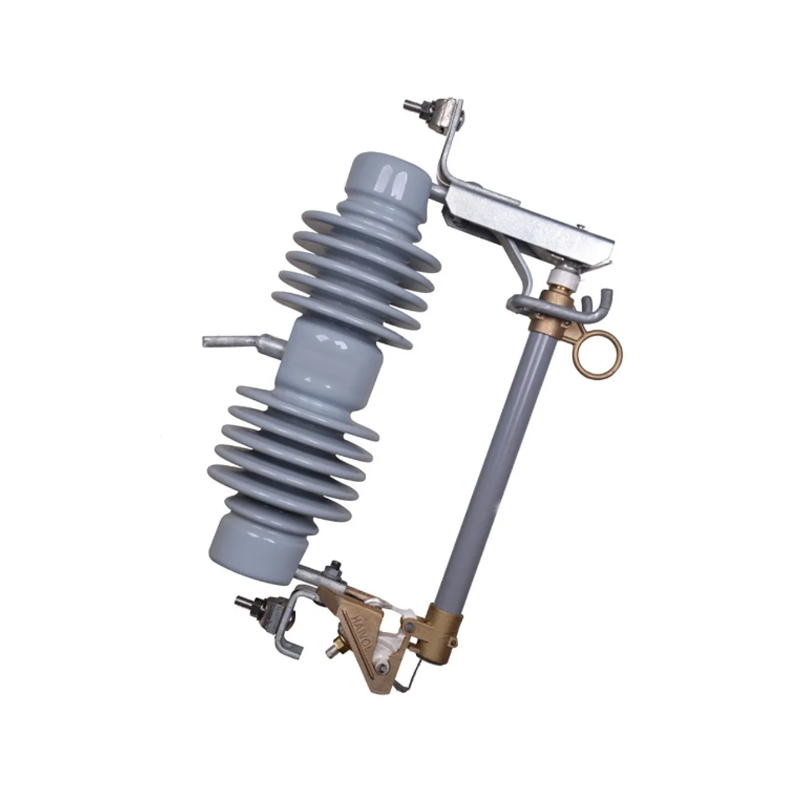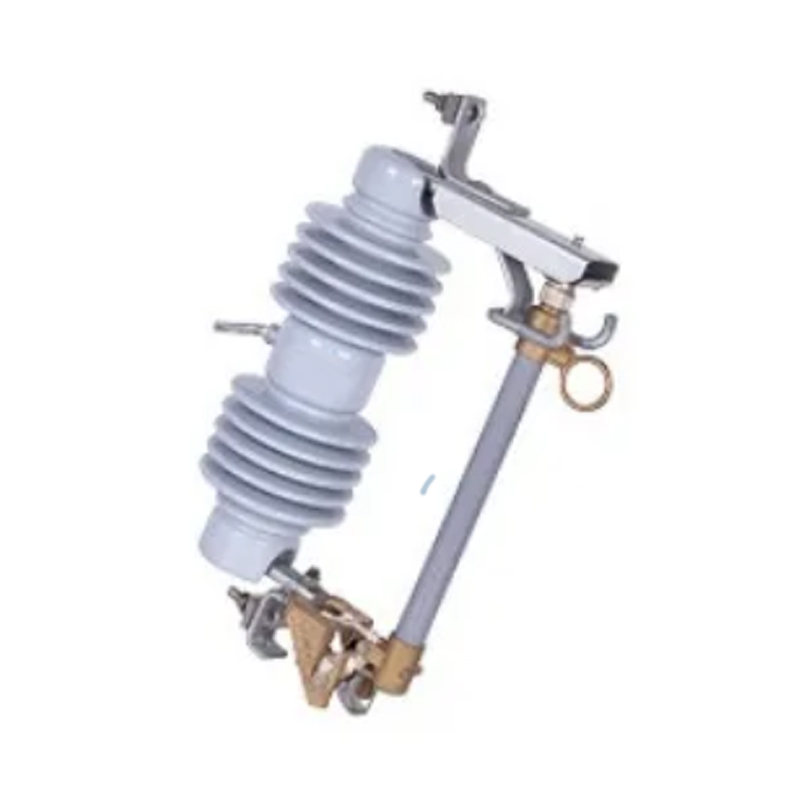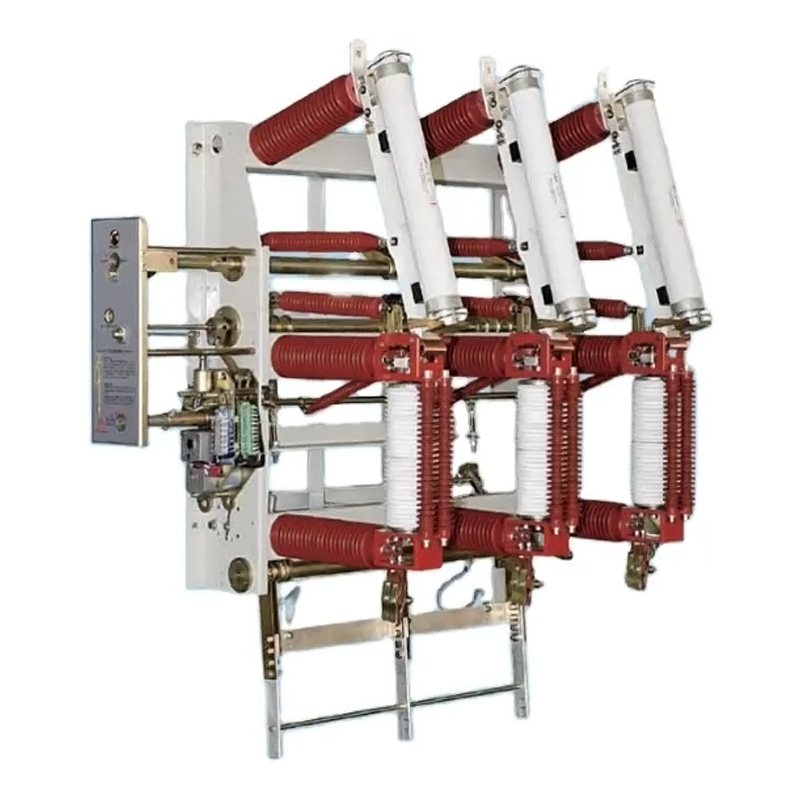High Quality Solar Isolator Switch Maker Producer Company
A key component in the safe operation of solar energy systems is the solar isolator switch. This device plays a crucial role in the maintenance and safety of photovoltaic (PV) systems by providing a means to disconnect the solar array from the electrical grid or other electrical systems.
Solar isolator switches are designed to interrupt the flow of direct current (DC) from solar panels to the inverter and the rest of the electrical system. They are typically installed in outdoor enclosures and are rated for outdoor use, ensuring durability against environmental factors. The primary function of these switches is to isolate the solar array for safety during maintenance, repairs, or in case of system malfunctions.
There are several types of solar isolator switches available in the market, each with its own set of features and specifications. The more common types include:
Manual Isolator Switches: These require physical interaction to open or close the circuit. They are simple and reliable but lack the convenience of remote operation.
Automatic Isolator Switches: These switches can be controlled remotely and may include features such as automatic disconnection in case of overvoltage or undervoltage conditions.
DC-Rated Isolator Switches: Specifically designed to handle the direct current from solar panels, these switches are rated for the voltage and current levels typical in solar energy systems.
Safety is a paramount concern in solar energy systems, and solar isolator switches contribute significantly to this aspect. Key safety features include:
Lockout/Tagout Capabilities: This feature allows for the switch to be locked in the open position, preventing accidental reconnection while maintenance is being performed.
Visible Indication: Many solar isolator switches have a visible indicator that shows whether the switch is in the on or off position, providing a clear status at a glance.
Weatherproof Construction: Since these switches are often exposed to the elements, they are built to withstand various weather conditions, including rain, snow, and bad temperatures.
Proper installation and regular maintenance are essential for the good performance and longevity of solar isolator switches. Here are some key points to consider:
Professional Installation: It is recommended to have a qualified electrician or solar technician install the isolator switch to ensure it meets all safety and electrical codes.
Regular Inspections: Periodic inspections should be conducted to check for any signs of wear, corrosion, or damage that could compromise the switch's functionality.
Maintenance: Cleaning the switch and its enclosure to remove dust and debris can help prevent operational issues and extend the life of the device.
Solar isolator switches are essential in both grid-tied and off-grid solar systems. In grid-tied systems, allow for safe disconnection from the grid during maintenance or emergencies. In off-grid systems, they can isolate the solar array from the battery bank or other components for maintenance or troubleshooting.
Solar isolator switches must comply with various industry standards and regulations to ensure safety and reliability. These may include:
Underwriters Laboratories (UL) Standards: UL certification ensures that the switch meets specific safety and performance criteria.
International Electrotechnical Commission (IEC) Standards: IEC standards provide guidelines for the design, testing, and manufacturing of electrical equipment, including solar isolator switches.
Solar isolator switches are a vital component in the safe and efficient operation of solar energy systems. They provide a means to safely disconnect solar arrays and ensure the protection of both the system and individuals working on it.



 English
English русский
русский عربى
عربى










